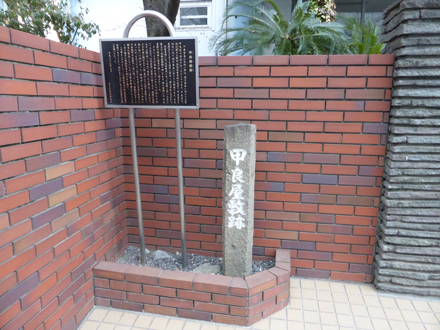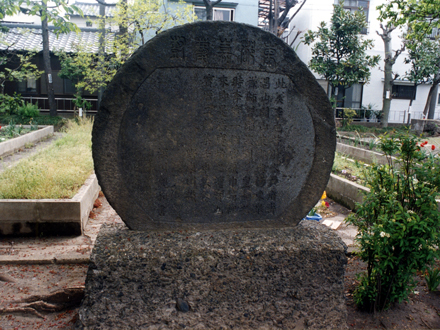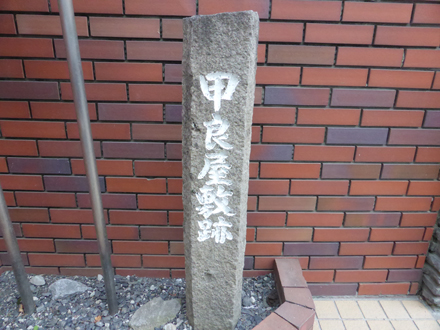| Overview |
The Kora family was born in Hoyoji-mura Inukamigun Omi-no-kuni (current · Kora town Inukami district, Shiga prefecture), and was the architectural artisan family lineage stretching back to Kennin-ji School of Zen Buddhism. The Kora family served the Edo Shogunate as the chief carpenters for 11 generations from the first head, Kora munehiro to the 11th Kora munetaka. They were involved in the construction of large buildings, such as Edo castle and Nikko Toshogu. The Kora residence site is the site of the former Kora Villa. In Senju Joto elementary school, there is a stone monument inscribed Touto-kakeiju built in 1752. The plum tree in the premises is said to originate from a seed in a small box stretched cloth brought by Zen Buddhist priest in the Ming, when he visited Japan. In 1981, thanks to this monumnet, a seed of Magndia was given from China, which started friendship exchanges between Japan and China. On the back of the monument, the sketch and its origins of the Kora residence are inscribed. The residence was built as a villa of the 3rd Kora munekiyo in 1670. There are five Inari shrines as well as the residence with 56 meters in width and 52 meters in depth in the premises about 34,000 square meters. |














